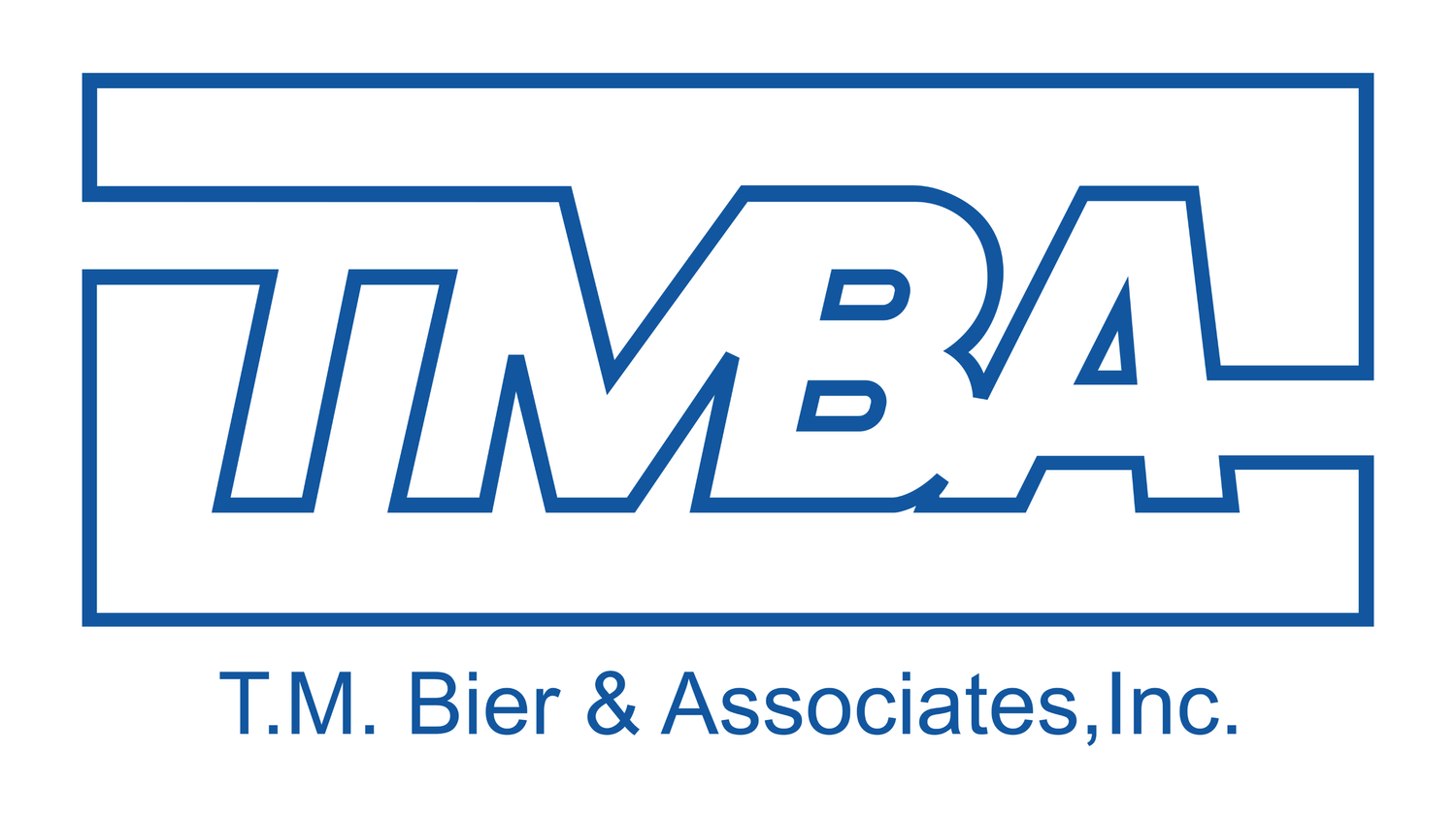Building Management Systems vs. Building Automation Systems: What’s The Difference?
What Are Building Automation Control Systems?
Almost every commercial & residential building including skyscrapers, office buildings, multi-family buildings, warehouses, manufacturing plants, etc. uses some form of technology to manage their building’s energy efficiency, security, & more. More advanced technology enables building managers to control all of their building’s systems from one remotely accessible control panel. This building control technology is commonly known by few names, but most commonly used interchangeably are building management system (BMS) or building automation system (BAS).
The systems that are integrated & controlled by a building management system, or building automation system, include HVAC, lighting controls, security, and others. Having automated control of your building’s system is the leading feature of any BAS. This allows for improved energy efficiency, and less personnel needed to manage a large space. Customized automations include scheduling climate controls, lighting controls, and security measures. Deciding when and how your building is being used has never been easier.
BMS? BAS? What’s The Difference?
So, what exactly is the difference between a building management system (BMS) & a building automation system (BAS)? If you search for the answer, you’ll see that most sources agree they are in fact the same. While they are used interchangeably, it might not be true that they are the exact same. Here we refer to our partner, Schneider Electric, for further insight into the differences between these two names and their definitions.
What Is A Building Automation System (BAS)?
“A building automation system (BAS) allows an operator to access, control, and monitor all connected building systems from a single interface. With BAS technology, you can gain centralized control over your building’s systems via networked electronic devices…That streamlines decision-making and saves you time.
Another key benefit of building automation is that it resolves the long-standing competition between more comfort versus more efficiency. With reams of new data, you can make informed decisions about how to best reduce or eliminate energy waste. For example, if rooms are unoccupied, you can turn the lights off or reduce HVAC output until the occupants return. And when they do return, occupants gain greater control over their living spaces via app-based room controls. The result is lower costs and greater comfort.” (source)
What Is A Building Management System (BMS)?
“Building management systems (BMS) help you to get a holistic view of building performance by providing an integrated environment across all the building systems. System integration in a building adds value and allows you to respond to occupant needs. As buildings become more connected, there is a growing need for intelligent building technologies that provide data-driven insights to maximize operational efficiency, cut energy waste, and lower overall costs. Today’s smart buildings are starting to leverage the Internet of Things (IoT) to connect various systems and devices to a centralized technology backbone.” (source)
The Real Differences Between Building Automation Systems & Building Management Systems
By these definitions, “Building Automation Systems” can be seen as an umbrella category under which “Building Management Systems” falls.This also means that all building management systems are building automation systems, but not all building automation systems are building management systems. Some other examples of building control systems that fall under the “building automation system” umbrella, but not under the “building management system umbrella” are cloud security systems or power quality management systems.
Additionally, Schneider Electric points out that building automation systems are used to integrate the systems within your building to allow for one centralized point of control. While this is also true with building management systems, the purpose of integrating IoT devices like room controllers with a “centralized technology backbone” appears to lie with building management systems.
Conclusion
Though we were able to point out some minor differences between “BMS” & “BAS,” the two names will likely always be used interchangeably. This is because the difference between them is so minor that you’re probably using the correct terminology in most cases regardless.
Whether you call them building automation systems, building management systems, BMS, or BAS, T.M. Bier & Associates has decades of engineering & technical expertise in the building automation systems industry can help you with your next building control system upgrade. Contact us, or learn more about our building management system solutions.


